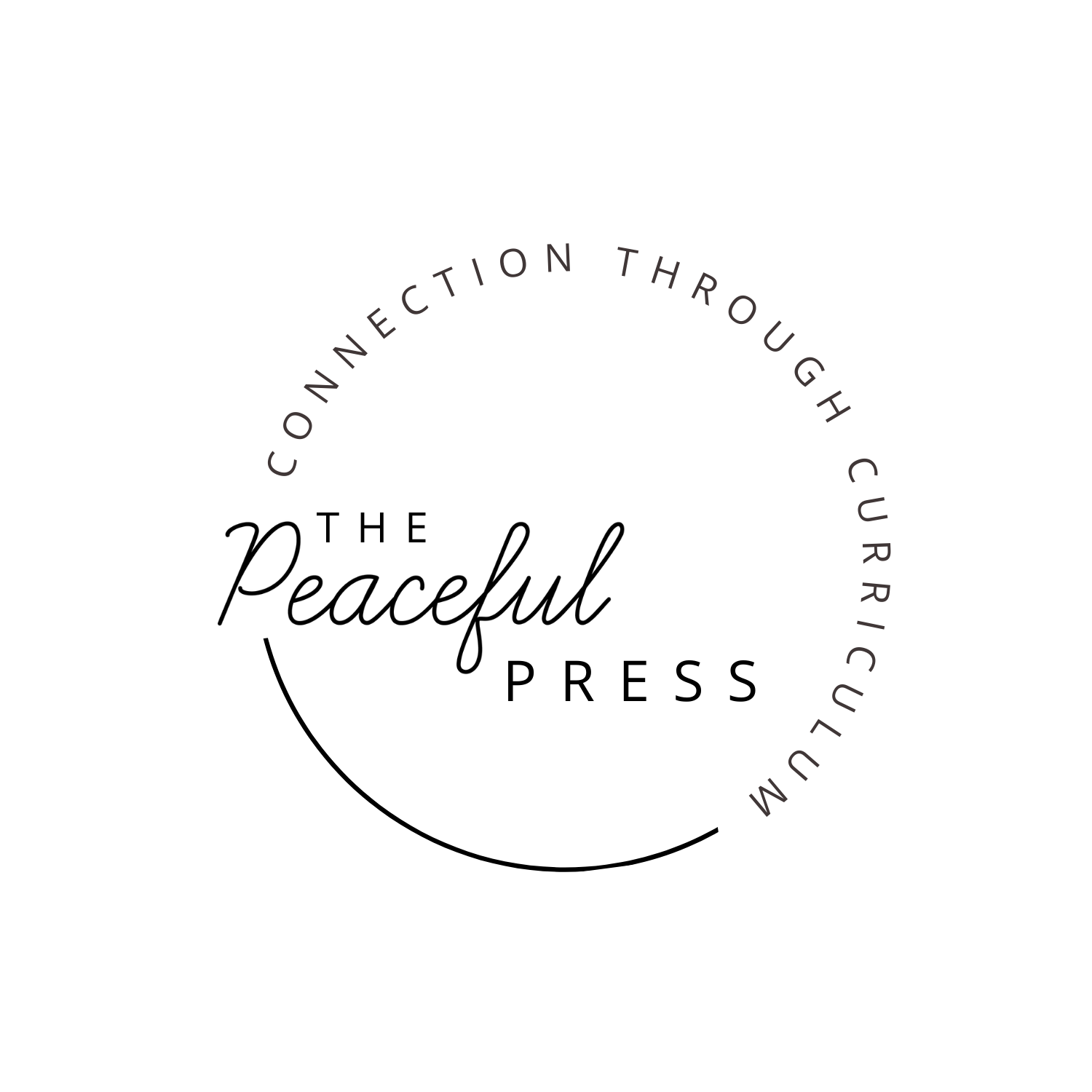Thanksgiving Books and Play: A Guest Post
When I was young, we would lead up to Thanksgiving by dressing up in Pilgrim costumes and eating my mother’s version of hardtack on a square of the back porch or living room rug. It was an attempt to pretend we were the Pilgrims making their brave sea crossing and to experience the boredom and discomfort they must have felt on those long and turbulent days at sea.
Pilgrim Books
We would read about Squanto and the fish planted with the corn, sticking feathers in headbands and working in our fall garden, in an attempt to also experience what their life must have been like.
Native American Books
Other Thanksgiving Books
The Wednesday before Thanksgiving we would go to my aunt’s house and the adults would bake pies and bread and we would eat the crust scraps, lightly baked with cinnamon and sugar sprinkled on top. We’d play in our houses made from the branches of buckeye trees and lead my aunt’s lamas around with our bundles attached to their backs.
Favorite Thanksgiving Recipes:
Check out the Playful Pioneers for 30 weeks of American history, recipes, and crafts based on the Little House on the Prairie series.
But then I moved overseas, and my extended family got too big and too busy to gather and I lost interest and touch with Thanksgiving. Besides, people became ashamed of the Pilgrim roots of Thanksgiving, and it became almost counter-cultural to celebrate the first Pilgrim Thanksgiving.
Somewhere in this disillusionment, I found an article talking about how President Abraham Lincoln had officially established the holiday of Thanksgiving as the United States’ third national holiday in an act of reconciliation between the North and the South. It was a mark of both hope and unity. But he didn’t do this of his initiative alone. Sarah Josepha Hale, a home educated woman of the 19th Century, lobbied 5 presidents to make Thanksgiving a national holiday. She stressed the need to have a day of commemoration, a time of Thanksgiving. Abraham Lincoln, amid the decimation of the American Civil War, understood the need to have a holiday that was about family, about giving thanks for provision, about pausing and reflecting.
What does Thanksgiving mean to you? Have you allowed childhood disappointments or family squabbles, or even a “glass half empty” world view to shape the holiday into something less than lovely? Or has the weight of the world around you pressed some of the delight and joy of the holiday out of you? Or have you maintained your childlike joy at the prospect of gathering to rejoice in a feast?
In any case, feasts and festivals are there for your family to adapt. You can begin to create traditions that support your family values and create the atmosphere and environment that is important to you. Maybe, it means leaving behind all media for the day and taking a big walk in the woods and eating Chinese food. Perhaps it means the most traditional of holidays. But whatever Thanksgiving is to you, make it something beautiful, something slow and rich, something that will ground your children so when they are adults and trying to figure out their life, they’ll have memories to look back on, to turn over in their hand, and hope that even in chaos there is something grounding and unchanging, a rhythm and tradition that will carry them through.
Guest post by: Emelie Pepito
You might also enjoy:
This post contains affiliate links. Thanks for clicking through and supporting this site.



